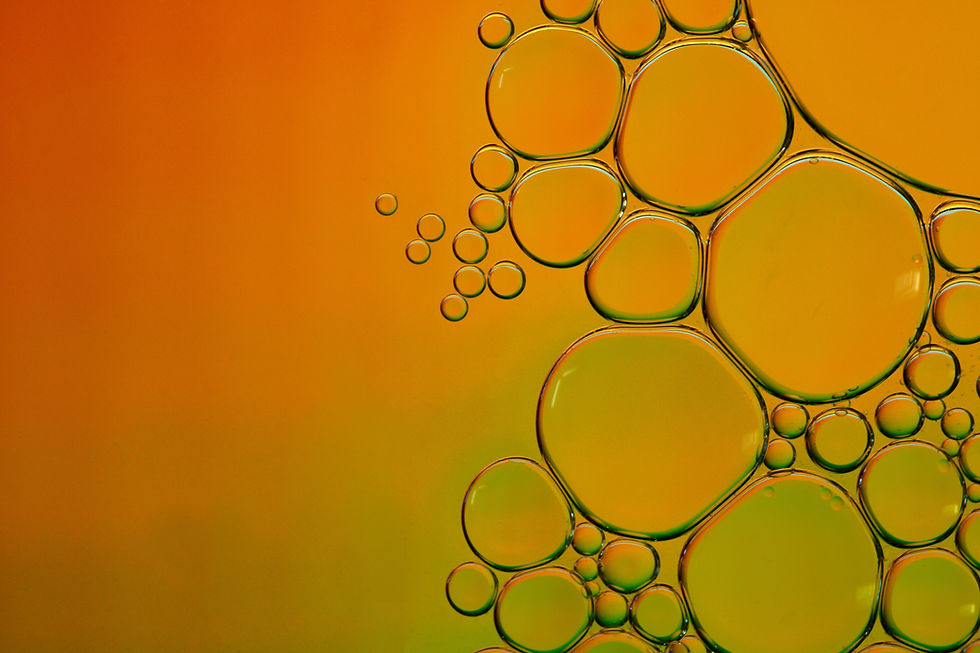
Overview:
The beginning of chemistry in the Cosmos: the first molecule in the universe
Astrochemists study the molecules found in space, where temperatures and pressures are wildly different than on Earth. Consequently, many of the chemicals there are different from those we are familiar with, and some are even unknown.
Several recent breakthroughs in this field are changing how we understand chemistry in space. Scientists finally spied a long-predicted molecule called helium hydride, or HeH+, believed to be the first compound ever formed in the universe.
Researchers have also started identifying some of the molecules responsible for diffuse interstellar bands, mystery chemical signatures seen for decades in interstellar space.
The first “atoms” in the universe were not atoms at all—they were just nuclei that had not found electrons yet. The simplest nucleus, that of common hydrogen, is a bare proton with no frills. When the universe banged into existence, energy was rampant. Everything was smashing into everything else. Protons and neutrons often collided, and some formed larger nuclei, such as that of deuterium (containing a proton and a neutron), as well as helium nuclei with two protons and two neutrons. Various other arrangements of protons and neutrons also formed, but because the identity of an atom is determined by its number of protons, all these other conglomerations were basically just different versions of hydrogen, helium and traces of lithium.
Of these three, helium was the first to begin forming “real” atoms. An atom is more than a nucleus—it must also possess electrons. Helium nuclei were the first to gather a full purse of electrons en masse. Why not hydrogen or lithium? Well, helium is the first “noble gas” on the periodic table—the first atom with enough electrons to completely fill the available slots in its electron shell. Thus, if electrons are the currency of chemistry, helium is the master pilferer of the periodic table. In a modern laboratory, it takes more energy to steal an electron from helium than from any other element. And the energy required to remove a second electron is more than twice what it takes for the first. In the early universe, once helium nuclei began to find electrons, they filled the coffers of their electron clouds well before the hydrogen nuclei could begin to catch up and before enough lithium nuclei were even present to collect all three of their desired electrons.
The rest of the matter in the universe at that time was still largely composed of lone protons, which were starting to feel the effects of being bereft of an electron. They began slowing down and looking for oppositely charged partners to make them electrically neutral. But catching free electrons for themselves was difficult, so the protons turned to helium, which already had some. Although helium is loath to share, it kept running into persistent hydrogen nuclei all the time. The collisional pressure eventually led a few helium atoms to share their electrons with protons. Thus, the first chemical bonds were formed. The new compound of helium and hydrogen was called helium hydride or helonium (HeH+), the very first molecule (of any sustained abundance) in the universe.
That helium was the first element to bond is surprising because in our current age, we think of helium as the least likely element to link up with others—the satisfied noble gas with just the right number of electrons. But in the early universe, helium was the only game in town—the only bank with electrons to lend.
This story has stood on solid theoretical ground for decades, but it has long lacked observational corroboration. HeH+ cannot form on Earth, except in labs, and for decades it went undetected in space. Last year, however, astronomers announced that they had observed this molecule for the first time, lurking in the funeral pyre of a dying star. A 40-year search had paid off, and a new and vital piece was added to our picture of how the early universe took shape.
HeH+ now joins the ranks of extraterrestrial molecules; so far scientists have detected more than 200 molecular species in space. This study of chemistry beyond Earth—astrochemistry, as we practitioners like to call it—is aimed at clarifying what molecules are present in space, how they form, and what their evolution means for observational and theoretical astrophysics. Many of the known astromolecules, including water, ammonia and formaldehyde, are common here on Earth. Others are terrestrially bizarre, such as hydrochloric acid with an extra proton and hydrogen peroxide with one of its hydrogen atoms amputated. Charged molecules, systems with unpaired electrons and strange arrangements of atoms in otherwise common molecules have also been observed. We have even seen molecules containing the so-called inert noble gases, such as ArH+ (a combo of argon and hydrogen) and the newly documented HeH+.
Most disciplines of chemistry are focused on making the world safer, more efficient or more enjoyable for humans. Astrochemistry, however, looks at the most fundamental properties of molecules. It helps to define what bonding really is, how long molecules can remain intact and why certain chemical species are more common than others. By studying chemistry in environments so very alien compared with Earth—with temperatures, pressures and available ingredients quite different from what we are used to—we can find molecules that challenge our usual notions of how atoms interact and that bring us to a deeper chemical understanding. Ultimately we hope to learn how chemistry led to the ingredients that ended up in the planets in our solar system and eventually enabled life.
Source: Astrophysical Detection of the Helium Hydride Ion HeH+. Rolf Güsten et al. in Nature, Vol. 568, pages 357–359; April 18, 2019.
.png)
Comments